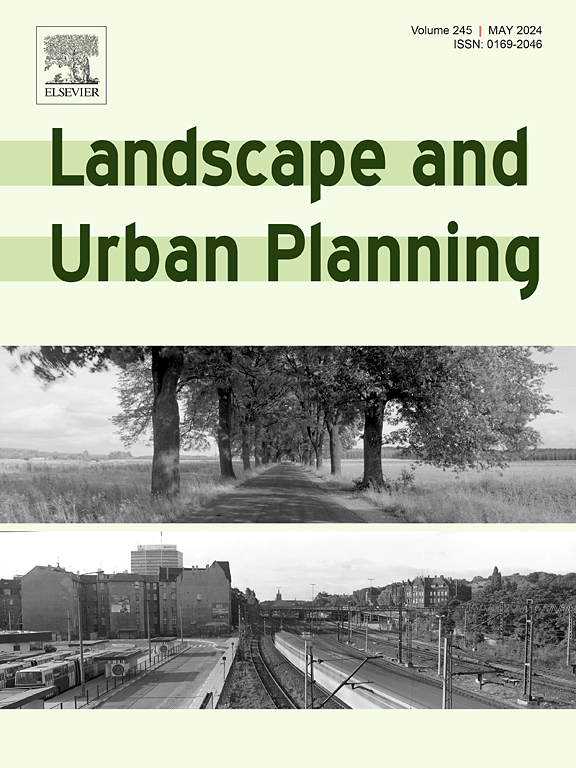Ver ítem
- xmlui.general.dspace_homeCentros Regionales y EEAsCentro Regional Patagonia NorteEEA BarilocheArtículos científicosxmlui.ArtifactBrowser.ItemViewer.trail
- Inicio
- Centros Regionales y EEAs
- Centro Regional Patagonia Norte
- EEA Bariloche
- Artículos científicos
- Ver ítem
Exploring nutrient-sensitive landscape configurations for rural communities in southern Mexico
Resumen
In Mexico, the traditional MILPA polycropping system is giving way to maize monocultures, impacting the nutritional diversity of smallholder farmers and diminishing ecosystem services. This study explores landscape alternatives to enhance nutritional self-sufficiency and environmental performance in rural communities, comparing scenarios without (S1) and with (S2) innovative cropping systems. The innovations, maize-squash and MIAF (a variation of MILPA
[ver mas...]
In Mexico, the traditional MILPA polycropping system is giving way to maize monocultures, impacting the nutritional diversity of smallholder farmers and diminishing ecosystem services. This study explores landscape alternatives to enhance nutritional self-sufficiency and environmental performance in rural communities, comparing scenarios without (S1) and with (S2) innovative cropping systems. The innovations, maize-squash and MIAF (a variation of MILPA with fruit trees), were evaluated using the LandscapeIMAGES modeling framework in two Oaxacan municipalities: Santa Catarina Tayata (SCT) and San Cristóbal Amoltepec (SCA). The assessment considered nutritional elements, ecosystem services proxies, labor requirements, and income associated with various land-use options. In scenario S1, nutritional self-sufficiency was achievable in SCT but not in SCA, even with a 17% expansion of agriculture into forest and grassland areas. Scenario S2, incorporating maize-squash and MIAF, facilitated nutritional self-sufficiency in both municipalities, while concurrently boosting incomes, carbon stocks, and reducing soil erosion. This research underscores the potential of reshaping landscapes in small communities to address widespread issues like nutritional gaps and inadequate natural resource conservation. By emphasizing innovative cropping systems, the study provides positive solutions to enhance the well-being of smallholder farmers and promote sustainable land use practices in the face of evolving agricultural trends.
[Cerrar]

Autor
Novotny, Ivan P.;
Rossing, Walter A.H.;
Tittonell, Pablo Adrian;
Fuentes-Ponce, Mariela H.;
Groot, Jeroen C.J.;
Fuente
Landscape and Urban Planning 246 : 105041. (June 2024)
Fecha
2024-06
Editorial
Elsevier
ISSN
0169-2046
1872-6062
1872-6062
Formato
pdf
Tipo de documento
artículo
Palabras Claves
Derechos de acceso
Abierto
 Excepto donde se diga explicitamente, este item se publica bajo la siguiente descripción: Creative Commons Attribution-NonCommercial-ShareAlike 2.5 Unported (CC BY-NC-SA 2.5)
Excepto donde se diga explicitamente, este item se publica bajo la siguiente descripción: Creative Commons Attribution-NonCommercial-ShareAlike 2.5 Unported (CC BY-NC-SA 2.5)


